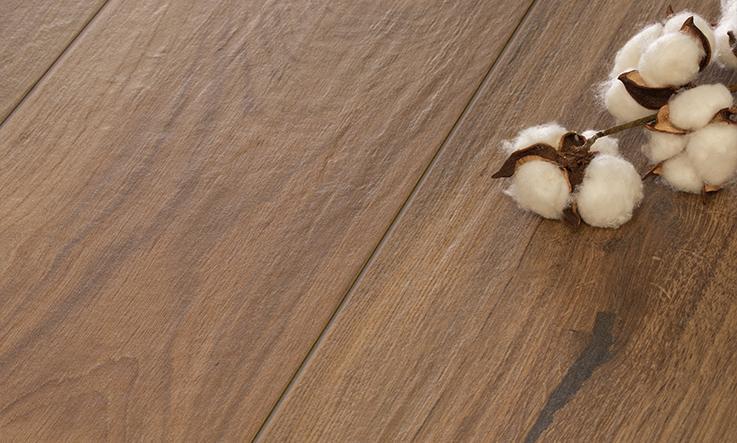
Porcelain stoneware tiles
When it comes to choosing a flooring, the ultimate advice of any expert is clearly porcelain stoneware.
To a consumer which is simply looking for tiles for their home, these two words are normally quite unclear. In this article we will try to explain what makes porcelain stoneware the best choice for the creation of indoor and outdoor floorings.
What is porcelain stoneware?
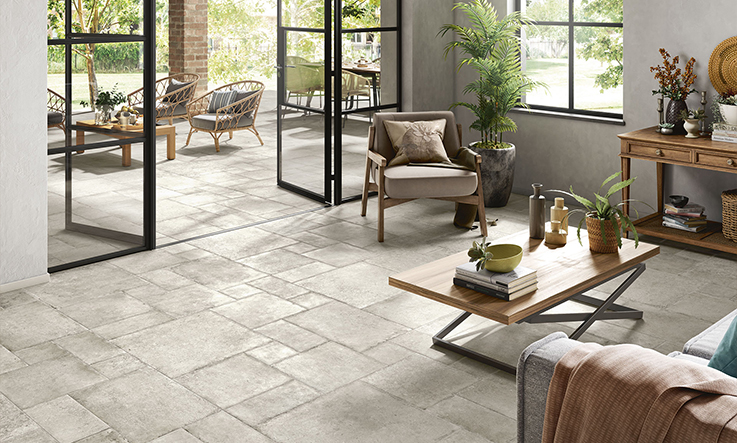
Porcelain stoneware is a ceramic. With this generic term we mean different products that differ in their characteristics and uses such as: terracotta, clinker, single-fired tiles, double-fired tiles and, as we said, porcelain stoneware.
The first difference lies in the composition of the ceramic mixture, which has common features for all, but mainly varies in the percentages of the different materials.
The raw materials which are used are clay, inert materials (mainly composed of sands and recycled material from production waste), and fluxes (i.e. those materials that lower the melting temperature of clays, bringing it from 2000 °C to a range that varies between 900 °C and 1250 °C and are mainly made up of feldspar).Stoneware, single-fired and double-fired tiles
In addition to the different composition of the mixtures, the ceramic nomenclature also takes the firing cycles of the material into account.
Single-fired tiles
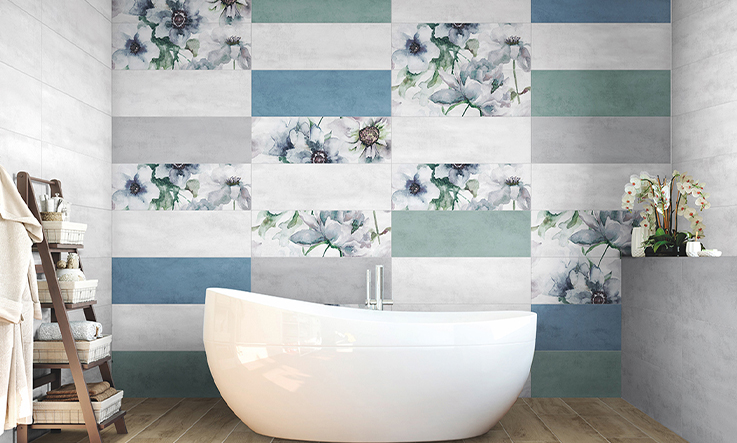
Single-fired tiles are named that way because the ceramic mixture and the surface glaze are fired at the same time at a temperature of about 900 °C. Single-fired red body tiles are made with 80% of clays with a high iron content (such as those of Italy and southern Europe), without the addition of fluxes, as they are already present among the components of the mixture, and 20% of inert sand. Those are definitely the cheapest range among the tiles on the market. Single-fired white-body tiles are more qualitative as they use kaolin, an expensive pure clay with very few iron oxides which is available in Northern Europe and is able to provide a white mixture that offers the opportunity to create bright and colourful tiles. In this case, the composition of the mixture is made up of 33% of kaolin, 10-15% of sands and other inert materials and all the rest of feldspar.
The single-fired tiles have a water absorption rate ranging from 1% to 7%. This parameter, as we will see, is the main reference value of the technical features of ceramic. With such high absorption rates, this product is only suitable for indoor use, since any frosts could cause absorbed water to expand and may lead to the breaking of the tile.
Double-fired tiles
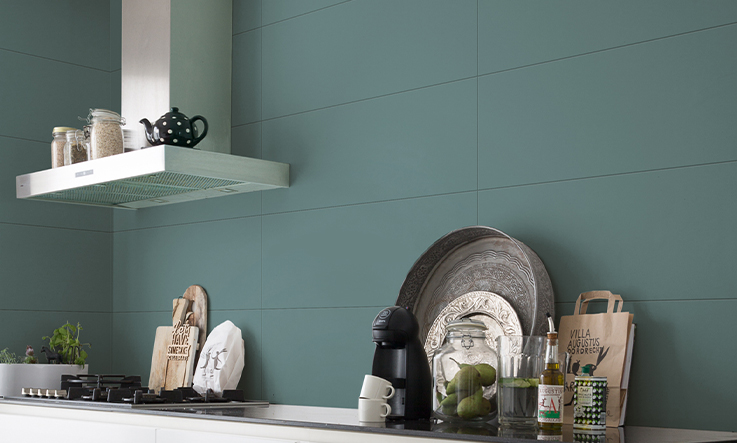
Con Double-fired tiles have a double firing cycle. First the ceramic mixture is fired at a temperature of about 1150/1170 °C, then, after the glazing of the mixture, the glaze is fired at about 1050 °C.
The white body double firing is obtained, as for the single firing, from very pure clays and other valuable raw materials, which are mixed, atomised and pressed at high pressure.
This type of ceramic provides a very neat surface, on which it is possible to create vivid tones and obtain very complex chromatic and aesthetic effects. In this way, the the finest wall tiles are made with a water absorption rate of more than 10%, which can be installed exclusively on indoor walls. The mixture and the firing of these tiles make it possible to have low thickness products, which are ideal for covering bathrooms and kitchens.
Stoneware tiles
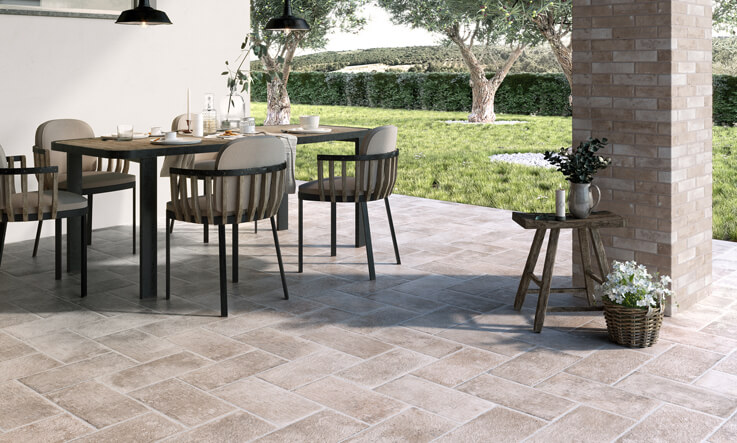
Porcelain stoneware differs from ceramic because of the water absorption rate, which must be less than 0.5%. This very low percentage, close to complete waterproof, is obtained through kaolins, aggregates and feldspat that are atomized, pressed and subjected to a firing process at extremely high temperatures (1250 °C.). In this way the final product will have a compact and hard, coloured, non-porous mixture. The Italian word for porcelain stoneware "grès" means that the ceramic mixture of the tile is extremely vitrified, ie compact. This compactness derives from the sintering process, a phenomenon that precedes the fusion in the firing of ceramic products and which consists in welding together the granules, that takes place thanks to the use of kaolinitic clays with considerable mechanical resistance rates, which are responsible for the waterproof values of the product.
What are the differences between ceramic and porcelain stoneware?
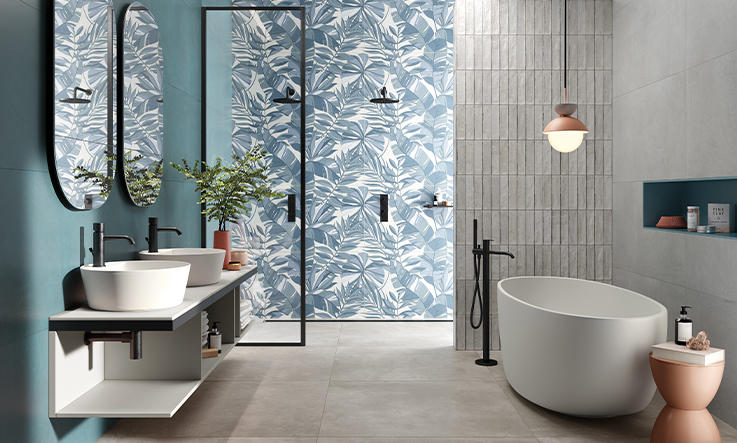
Porcelain stoneware differs from other ceramics because of its high surface hardness, high load resistance, high wear resistance.
This makes stoneware floors the safest and longest-lasting choice for the consumer. Because of their hardness, the installation of porcelain stoneware wall tiles requires a skilled tiler.
Finally, given that the water absorption rate of porcelain stoneware is extremely low, these tiles are the most suitable ceramic material for outdoor installation.
In summary, here are the main advantages of porcelain stoneware:
• Impact resistance
• Wear resistance
• Scratch resistance
• Frost resistance
• Chemical resistance
• Stain resistance